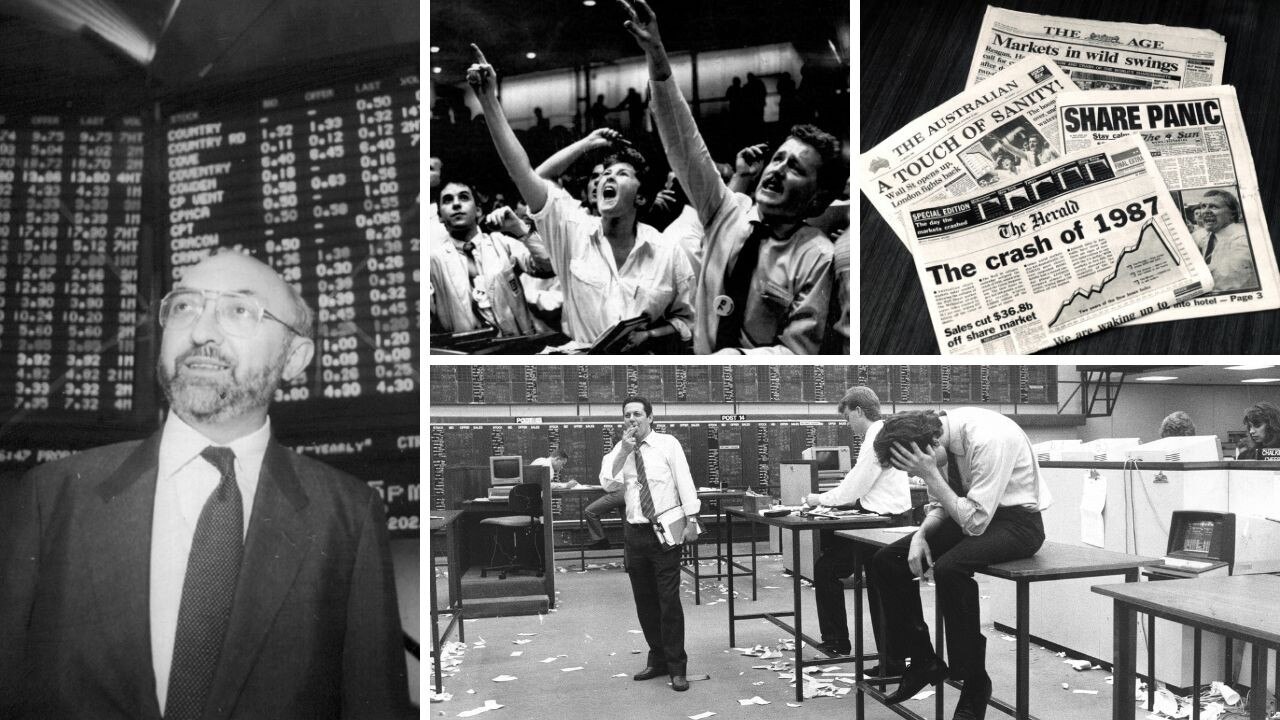Jobs still hot so rates must rise
The most extraordinary feature in the latest jobs data is that demand for workers has been so hot and that will lock in another interest rate rise.
Terry McCrann
Don't miss out on the headlines from Terry McCrann. Followed categories will be added to My News.
The jobs data from the ABS shows a labour market still stretched as tight as a violin string before a concert.
That means there is no prospect of any short-term slowing in accelerating wages growth. That in turn leaves only two big questions.
First, when does the WPI – the wage price index that measures overall wages growth across the economy - go above 4 per cent, all-but certainly some time this year?
And second, will that generalised wages growth approach 5 per cent – threatening to lock in 4 per cent-plus inflation, and destroy any chance of inflation coming down to even 3 per cent by mid-2025.
In short, nothing in the jobs data detracts from the ominous message for interest rates in the wages data; given as I discussed yesterday, the Reserve Bank’s newfound and clearly now deeply worried focus on our abysmal productivity growth.
I was amused to read the certainty of a Fin Review online headline: “Unemployment rises to 3.7pc, ending June rate rise speculation”.
In a funny – as in, the exactly opposite way than the Fin intended - I agree. Yes, it should have ended speculation of a rate rise; a rate rise should now be locked-in.
The most extraordinary feature in the jobs data is that demand for workers has been so hot that it fully soaked up all the massive number of migrants surging into Australia post-Covid and all our own school leavers – and then some.
Over the 12 months to early April, employment – people in jobs – leapt by a staggering 390,000.

That’s pretty much the net migration plus school leavers minus retirements and other ‘exits’.
But it also managed to further soak up a net 13,000 from among the jobless over the year; and still all those jobs didn’t satisfy business demand for workers.
Over the year, April-to-April, monthly hours worked in all jobs leapt by a staggering 7.4 per cent, or 136m - far, far more than would be explained simply by the more people that were actually in jobs.
Particularly important in giving the lie to the soft-headed focus on the 4300 drop in recorded jobs in April, and the consequent 0.1 percentage point tick-up in the jobless rate to a still near-decades low 3.7 per cent, was the actual acceleration in hours worked recorded in the latest month.
According to the ABS, hours worked in April kicked up a quite staggering 2.6 per cent, or 49m, in that single month alone.
That’s an annualised growth rate of 30 per cent!
Something like a third of the increase in the monthly number of hours worked over the year happened in the latest month alone.
Labour market loosening right now? Think tighter-than tight.
Now, all monthly numbers are statistically dodgy, but in the ABS jobs data the monthly hours worked are the most reliable
The jobs market is still hot - just as the heavens align to start delivering 4 per cent plus wage rises across both the private and public sector.
No problem, indeed great if productivity was rising by 1-2 per cent.
But it ain’t. So rates will have to.



